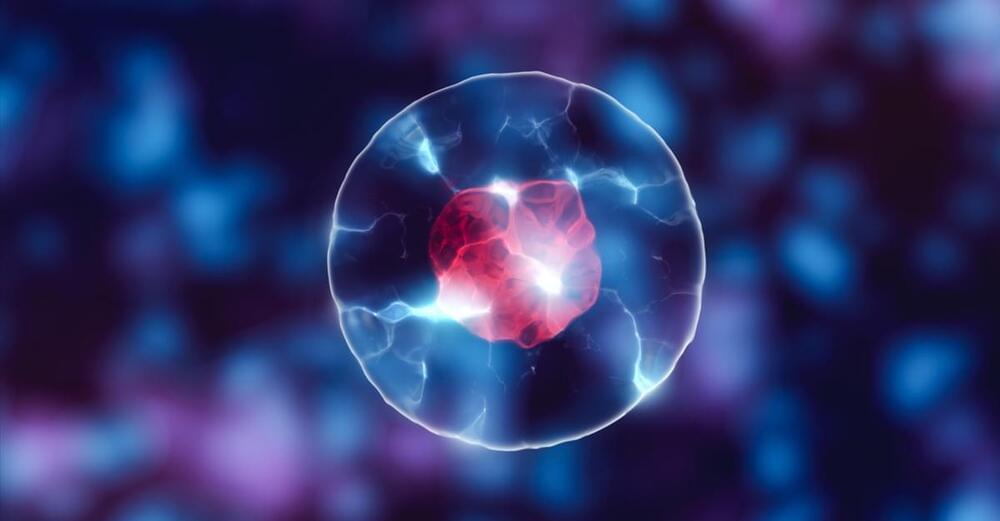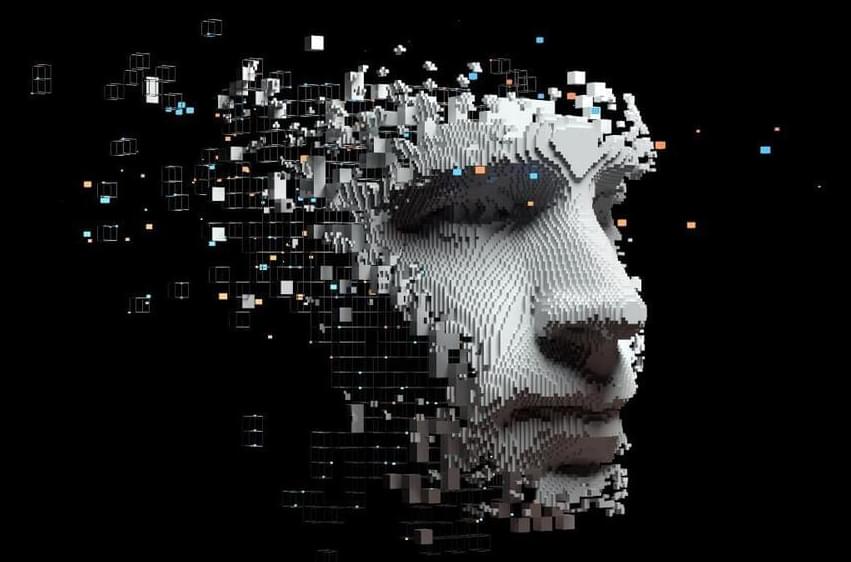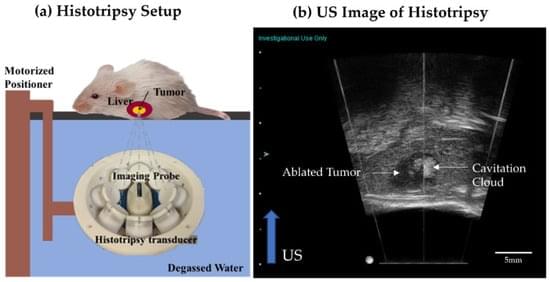This is not true. Earth could maintain a population many times the current level. The birth rate has been dropping like crazy. — @elonmusk


This is not true. Earth could maintain a population many times the current level. The birth rate has been dropping like crazy. — @elonmusk








